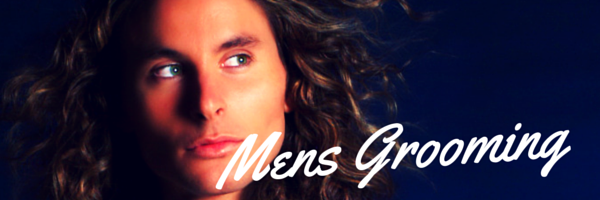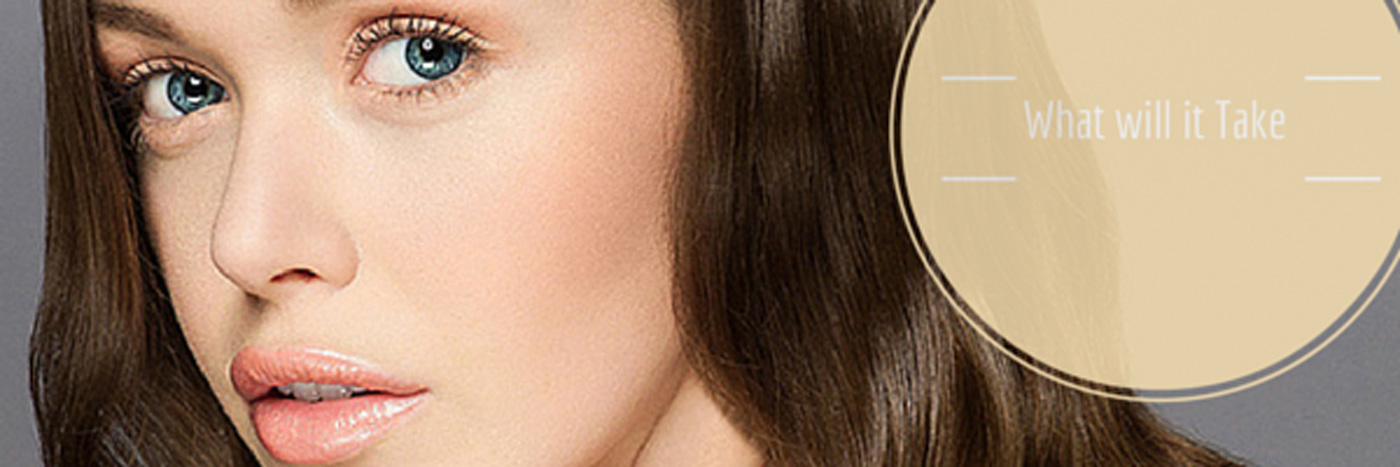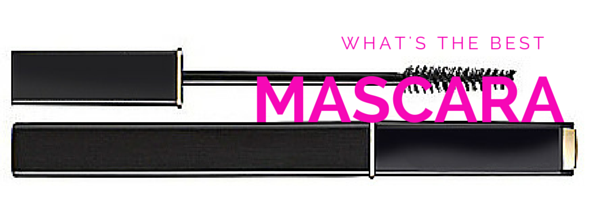The first thing to know about me is that I avoid using the word makeup all together. The correct industry term is men’s grooming, and this title also includes hairstyling and grooming of any facial hair. A large majority of male models and actors will do just about anything to avoid sitting in the makeup chair. I have realized that their behavior is due to a few reasons. Mainly, they are not comfortable being touched and poked by a stranger while their eyes are closed. Also, many of them have had bad experiences in the hands of inexperienced artists who have applied makeup that was far too heavy and inappropriate. This article serves to give valuable insight to ensure your client is comfortable and give advanced tips for desired results.
Here is some advice for the male clients that you sense are attempting to avoid you and are going straight to the set. Gently approach them and inform them that you are not there to put a bunch of makeup on them; but to make sure they look great on camera without looking super shiny or dry and flaky.
The most important thing to keep in mind is to make sure that all makeup applied is completely undetectable. High definition television and film requires extreme perfection in your work. A close up shot in a movie theater means the actors face will be as large as 2000 square feet! The truth is, with the level of photo editing most magazines utilize, not many products are necessary to apply for print work. A typical application includes concealing of under eye circles and blemishes, a sheer foundation and loose powder or an anti-shine product. But each of those items are used extremely sparingly and only if needed.
Those interested in doing men’s grooming, even if it is simply on grooms for bridal parties, should invest in what is known as a face and body makeup. Professional makeup artistry brands are the only ones that offer this type of liquid foundation. It is important to use this formula due to its sheer coverage and semi-matte finish so it looks natural and as undetectable as possible. Application of foundation on men is also different in the sense that the goal is to slightly smooth out the complexion based on matching their surface tones, whereas for women we want to cancel out the majority of surface discoloration and match their under tones. Because of this, you will find yourself often using colors that are more in the rose or peach range to match their surface tones. For television work, it is also common to apply a darker foundation on men that have fair complexions because it is considered more masculine and is also easier to adjust set lighting.
Anti-shine is another product made by most pro brands that should be invested in. This is a clear or slightly tinted gel that can be applied with fingers or a sponge to give the skin a matte finish without looking powdery. Don’t forget to apply all products past the usual facial skin hairline and onto any receding hairlines, bald heads as well as ears if they are exposed due to the hairstyle. If choosing to use loose powder instead of an anti-shine, apply it sparingly with a natural bristle brush. When setting a foundation with a colored or tinted powder, select a powder slightly lighter within the same tone because it will go on slightly darker than it looks.
The main thing commonly done wrong by inexperienced male groomers is tweezing of the eyebrows. The concept for cleaning up men’s brows is done by selectively tweezing random hairs in the unibrow area or a few extremely low hairs. In order to keep male eyebrows looking natural and masculine, you must never create a clean line under the eyebrow or inner brow area or even worse, an arched clean line! This would be considered extremely over tweezed and give the effect of a drag queen.
When working in television, film, and print, men’s grooming responsibilities includes taking care of such details as nose hair, ear hair, concealing shaving cuts and even fixing uneven shaving stubble. Although this may seem undesirable, top agency artists who specialize in men’s grooming make as much as $4,000 per booking. An average booking rate for less than four hours work runs between $150 – $500 depending on the artists experience, the client, and purpose.
Love and Wisdom
Donna




